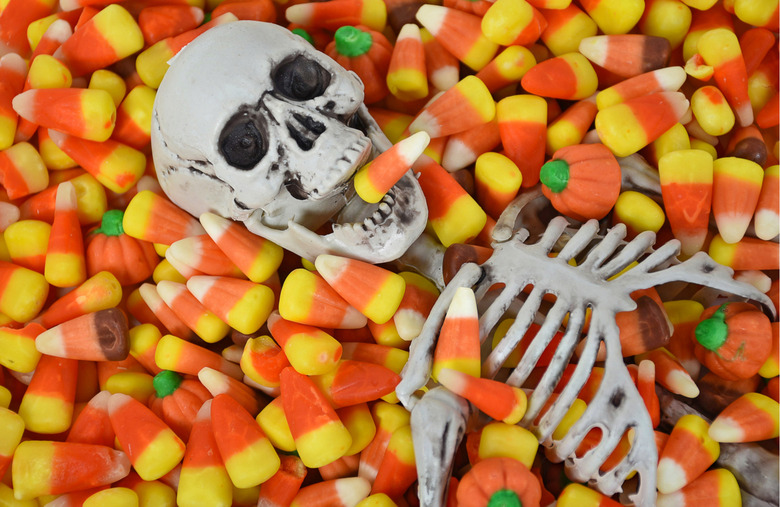Where Did Candy Corn Come From?
Despite being a very popular Halloween candy, candy corn is one of the most divisive candies out there. The subject of one of the biggest food debates of our time, the controversial candy is beloved by some and reviled by others. But just where exactly did this seasonal confection come from?
The Most Popular Halloween Candy When You Were a Kid
Back in the 1880s, Wunderlee Candy Company became the first company to produce candy corn after an employee by the name of George Renninger invented it, according to the National Confectioners Association. Candy corn was first produced during a time when machinery was less advanced, resulting in only seasonal production from late August through the fall. This production schedule has stayed the same since (even though the technology has obviously improved), which is why candy corn continues to be a favorite specifically for Halloween.
Candy corn was originally made by hand, with candymakers mixing sugar, carnauba wax, water and corn syrup dyed with food coloring together and cooking it before adding fondant and marshmallows for taste and texture. This was then heated and poured into molds in three passes for each of the colored sections of the candy corn. The iconic yellow, orange and white color scheme was intended to look like a corn kernel in an attempt to appeal to the largely rural and agrarian society of late 19th century America.
After the 19th century, the Goelitz Confectionery Company (now a part of Jelly Belly) took over production of the candy, originally calling it "Chicken Feed," and continues to produce it today. Other companies that make candy corn include Brach's, Russell Stover, YumEarth, Walgreens and Trader Joe's. The recipe and production methods for it are still basically the same, although machines have now taken over. According to the National Confectioners Association, nearly nine billion pieces of candy corn (approximately 35 million pounds) is produced every year in the United States, where it's a favorite among many trick-or-treaters.
